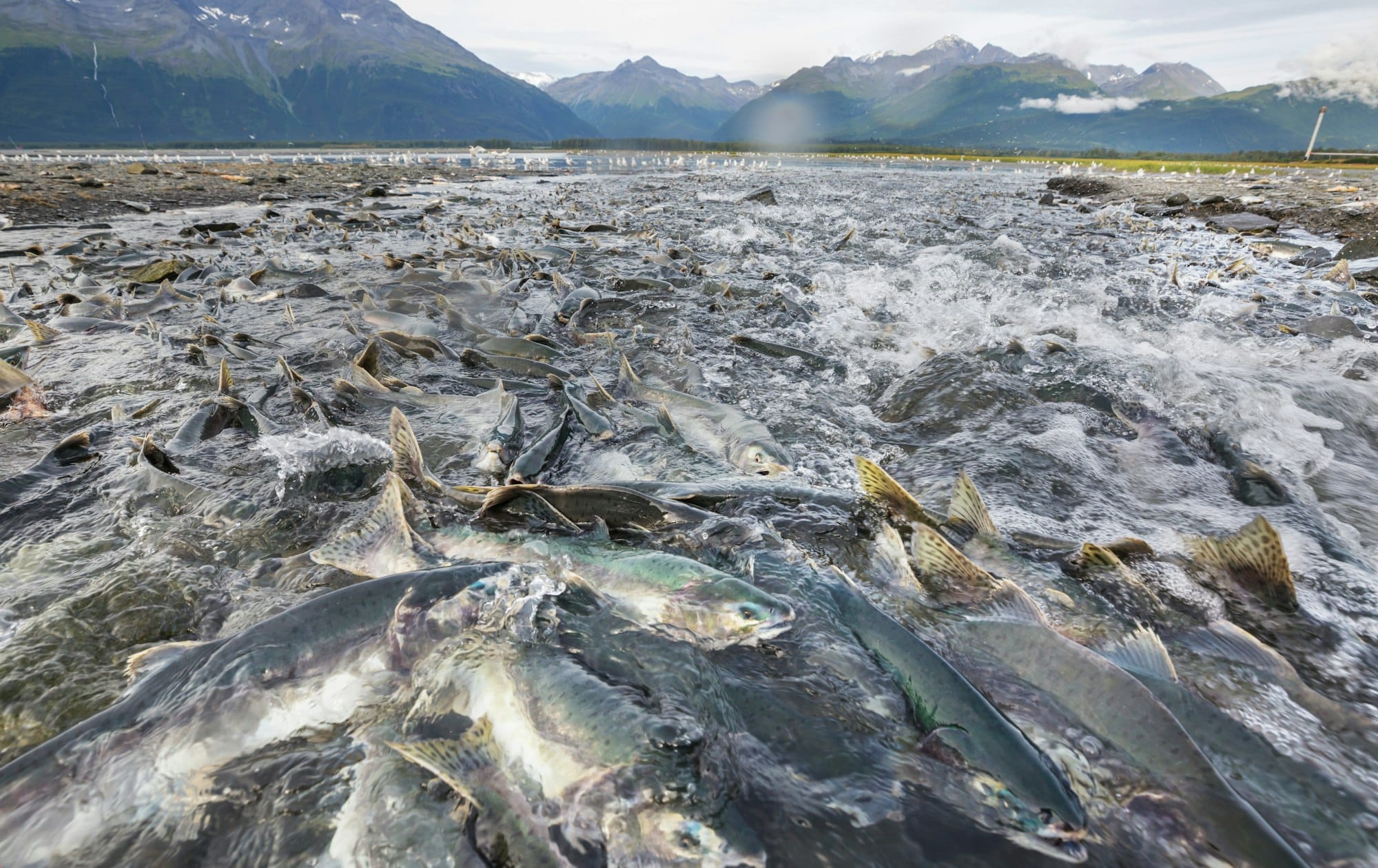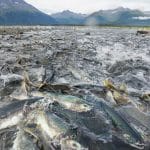As you sit by the riverside, you may often find yourselves intrigued by the life beneath the water’s surface. Particularly, the life cycle of fish, a key component of the marine ecosystem, is fascinating. However, the current state of affairs in the United Kingdom’s river management has become a subject of concern, with an important consideration being the spawning needs of native fish species. The question that arises is: how can we adjust the UK’s river management plans to better cater to the needs of these marine species during their crucial breeding periods?
Understanding the Spawning Needs of Native Fish
Before we delve into the potential solutions, it is essential to understand the spawning needs of the native fish species. Fish, like many other organisms, have specific breeding requirements, and any disruption can significantly impact their population and, in turn, the overall marine ecosystem.
A lire en complément : What steps should UK homeowners take to ensure bird feeders do not spread disease among bird populations?
Different fish species have different breeding patterns and preferences. For instance, the Brown Trout, a species native to the UK, prefers river sites with fast flowing water for spawning. They lay their eggs in a gravel bed, which requires clean, oxygenated water. Over the years, human activities and changes in river management strategies have threatened these ideal spawning conditions.
Various studies have shown a decline in the number of fish landings, indicating a reduction in the fish populations. This decrease can be directly attributed to inadequate spawning sites and poor water conditions.
Lire également : Which native UK plant species should be prioritized in urban planting to maximize ecological benefits?
The Impact of Current River Management Plans
UK’s current river management plans influence the spawning needs of native fish. River management is not a term to be taken lightly. It encompasses various aspects, from water quality control to habitat restoration. However, the central focus has been mainly on flood control and navigation, often overlooking the needs of fish species.
Management strategies can sometimes lead to alterations in the river’s natural flow, water temperature, and sediment load, all of which can disrupt the spawning process. For instance, the construction of weirs and floodgates can hinder fish migration, a critical phase in the spawning cycle of many fish species.
Moreover, pollution from nearby agricultural and industrial sites has led to the degradation of water quality, which has had a significant impact on spawning. This situation has been further exacerbated in recent years due to climate change, resulting in unpredictable water flow and temperature patterns.
Implementing Fish-Friendly Measures in River Management
To resolve these issues, UK river management plans need to incorporate a more fish-friendly approach. This will involve a shift in focus from solely human-centred objectives to a more balanced approach that also takes into account the needs of the marine ecosystem.
To begin with, river channel modifications should be carried out in a way that does not disrupt the integral fish migration routes. This could involve the installation of fish passes or bypass channels to facilitate fish movement around obstructions such as weirs.
Furthermore, stricter regulations should be implemented to control pollution from agricultural and industrial sources. Regular monitoring of water quality parameters, such as temperature and pH, should be in place to ensure optimum conditions for fish spawning.
Enhancing Biomass through Good Fisheries Management Practices
The studies suggest that the overall biomass of a fish species is directly related to the success of its spawning process. Therefore, an increase in the biomass of native fish species can be achieved through good fisheries management practices.
Fisheries management is a term that encompasses strategies to maintain, restore, and enhance fish populations. In the case of UK rivers, fisheries management should focus on creating and maintaining ideal spawning conditions. This would involve restoring degraded habitats, maintaining a clean water environment, and ensuring natural water flow patterns.
For instance, river bed gravel cleaning operations can help to maintain the quality of spawning sites by removing pollutants and excess sediments. Additionally, natural floodplain restoration could provide additional spawning and nursery areas for fish.
The Need for Long-Term, Sustainable River Management Plans
If we consider the bigger picture, the need of the hour is to develop long-term, sustainable river management plans. This means that the plans should not only cater to the current needs of native fish species but also be flexible enough to accommodate future changes.
Climate change, for instance, is a looming threat that can drastically alter water flow and temperature patterns. Therefore, our river management plans should be robust enough to handle such changes without compromising the spawning needs of native fish.
Moreover, these plans should also involve continuous monitoring and evaluation. This will allow for timely adjustments based on the changing conditions and needs of the fish population.
In essence, effective river management is a balancing act, where the needs of humans and the marine ecosystem should be equally prioritized. By adjusting our river management strategies in the ways mentioned above, we can ensure a thriving and sustainable future for our native fish species.
Case Studies: Successful Management Measures in Other Regions
Drawing inspiration and learning from successful river management strategies in other regions can be useful in adjusting UK’s own management measures.
One noteworthy example is the initiatives implemented by the Environment Agency in the United States. The agency conducted extensive data collection to understand the specific spawning requirements of native fish species and implemented measures accordingly. For instance, they carried out river bed gravel cleaning operations in rivers where certain fish species were found to prefer gravel beds for spawning.
Another example is the management strategy employed in some of Canada’s national parks where addressing the environmental impacts of human activities on fish spawning has been a priority. They have restored degraded habitats and ensured clean water quality through stringent regulations and regular monitoring.
In Australia, northern parts have seen a successful balance between fishing effort and fishing pressure. The management objectives have always been clear – ensure the sustainability of fish populations without compromising on the fishing industry. They have achieved this through regular data collected and strict adherence to fishing mortality limits.
Drawing from these strategies, UK can benefit from adopting a similar approach, focusing on the specific needs of the native fish species, ensuring clean water quality and managing fishing effort in a sustainable way.
Establishing Collaboration: Role of Angling Trust and Marine Conservation Societies
The Angling Trust and marine conservation societies can play a crucial role in adjusting UK’s river management plans. Their input can be beneficial in formulating management objectives that cater to the needs of native fish species during their spawning periods.
These organisations have a deep understanding of the river ecosystem and the challenges it faces. They can contribute valuable insights and recommendations based on their experience and expertise. For instance, they can advise on the best practices for habitat restoration, pollution control measures, and the maintenance of optimum water quality for fish spawning.
Collaboration between the government, Angling Trust, marine conservation societies, and other stakeholders can lead to more comprehensive and effective river management plans. Through their joint efforts, it is possible to create a sustainable environment that supports the spawning needs of native fish species.
Their role can also extend to raising awareness about the importance of maintaining good river health, encouraging responsible fishing practices, and conducting research for continuous improvement of management measures.
Conclusion: Ensuring a Sustainable Future for UK’s Rivers
In conclusion, adjusting the UK’s river management plans to cater to the spawning needs of native fish requires a multi-faceted approach. It involves understanding the specific spawning needs of native fish, reevaluating and adjusting the current management strategies, drawing lessons from successful case studies, and establishing collaboration with organisations like the Angling Trust and marine conservation societies.
Furthermore, the long-term sustainability of these plans should be a priority. This includes flexibility to accommodate future changes such as the impacts of climate change and the ability to adjust based on continuous monitoring and evaluation.
Ultimately, it is about striking a balance between human activities and maintaining the health of our rivers. By doing so, we can ensure a thriving and sustainable future for our rivers and the native fish species that depend on them for their life cycle. We hope that this discussion has illuminated the path to sustainable management methods and the preservation of our precious fish stocks.











